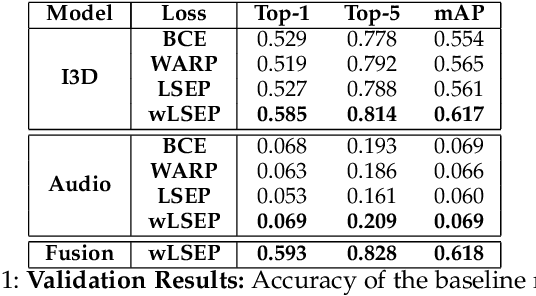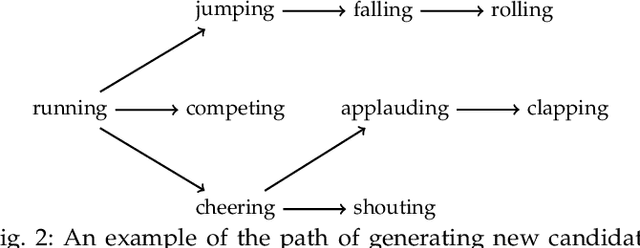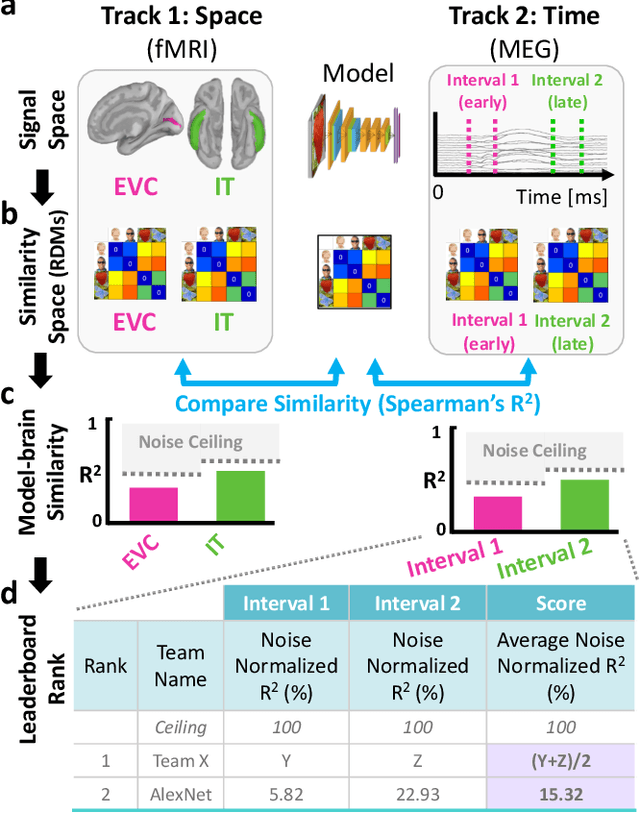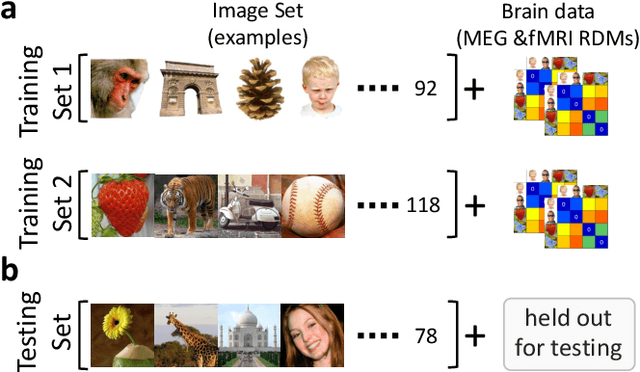Alex Lascelles
Multi-Moments in Time: Learning and Interpreting Models for Multi-Action Video Understanding
Nov 04, 2019



Abstract:An event happening in the world is often made of different activities and actions that can unfold simultaneously or sequentially within a few seconds. However, most large-scale datasets built to train models for action recognition provide a single label per video clip. Consequently, models can be incorrectly penalized for classifying actions that exist in the videos but are not explicitly labeled and do not learn the full spectrum of information that would be mandatory to more completely comprehend different events and eventually learn causality between them. Towards this goal, we augmented the existing video dataset, Moments in Time (MiT), to include over two million action labels for over one million three second videos. This multi-label dataset introduces novel challenges on how to train and analyze models for multi-action detection. Here, we present baseline results for multi-action recognition using loss functions adapted for long tail multi-label learning and provide improved methods for visualizing and interpreting models trained for multi-label action detection.
The Algonauts Project: A Platform for Communication between the Sciences of Biological and Artificial Intelligence
May 14, 2019

Abstract:In the last decade, artificial intelligence (AI) models inspired by the brain have made unprecedented progress in performing real-world perceptual tasks like object classification and speech recognition. Recently, researchers of natural intelligence have begun using those AI models to explore how the brain performs such tasks. These developments suggest that future progress will benefit from increased interaction between disciplines. Here we introduce the Algonauts Project as a structured and quantitative communication channel for interdisciplinary interaction between natural and artificial intelligence researchers. The project's core is an open challenge with a quantitative benchmark whose goal is to account for brain data through computational models. This project has the potential to provide better models of natural intelligence and to gather findings that advance AI. The 2019 Algonauts Project focuses on benchmarking computational models predicting human brain activity when people look at pictures of objects. The 2019 edition of the Algonauts Project is available online: http://algonauts.csail.mit.edu/.
 Add to Chrome
Add to Chrome Add to Firefox
Add to Firefox Add to Edge
Add to Edge